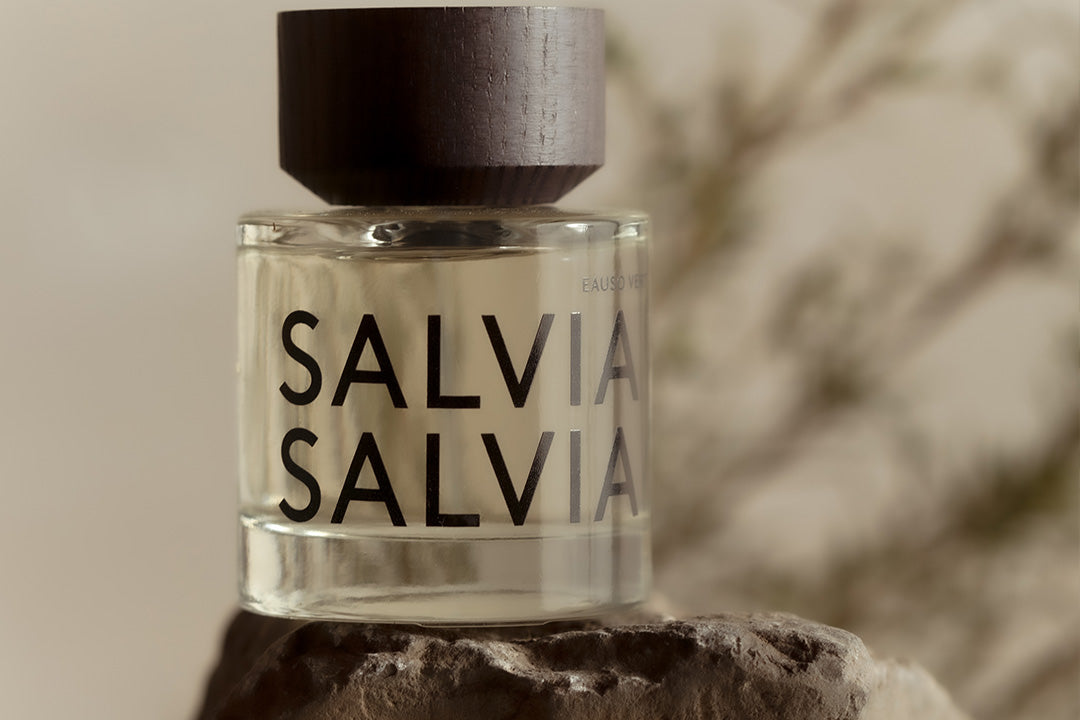
How Fragrance Can Help Combat Modern Burnout
It feels as though so many of us are burnt out right now. Not just tired, but that bone-deep, everything-feels-overwhelming kind of exhausted where even small decisions can feel impossible. We're constantly switched on, always available, running from one thing to the next without ever really stopping to breathe.
If this resonates with you, you're not alone. Studies show that chronic stress affects over 70% of adults globally, with burnout rates reaching unprecedented levels in our hyperconnected world. But what if the solution to finding moments of restoration has been hiding in plain sight for thousands of years?
The Ancient Wisdom of Therapeutic Scent
Long before modern wellness trends, ancient civilizations understood something profound about the relationship between scent and mental well-being. The practice of using fragrance for healing and restoration isn't new, it's one of humanity's oldest therapeutic traditions.
Egyptian Aromatherapy: The First Recorded Use
The ancient Egyptians were pioneers in using scent for both physical and spiritual healing. Archaeological evidence from tomb paintings and papyri dating back to 3000 BCE shows priests and physicians using aromatic oils and incense in healing rituals. They believed certain scents could purify both the body and mind, helping individuals achieve mental clarity and emotional balance.
Frankincense and myrrh weren't just valuable trade commodities, they were considered essential medicines for the soul. Egyptian temples used these sacred scents to create spaces of restoration where people could escape the stresses of daily life.
Traditional Chinese Medicine and Aromatics
In Traditional Chinese Medicine (TCM), aromatherapy has been used for over 3,000 years to restore qi (vital energy) and balance the nervous system. Ancient Chinese texts describe how specific scents can calm "shen" (the spirit) and help individuals return to a state of inner peace.
Sandalwood, jasmine, and various medicinal herbs were burned in homes and temples to create environments conducive to mental restoration. TCM practitioners understood that scent could directly influence emotional states and help combat what we would now recognize as symptoms of chronic stress and burnout.
Indigenous Smudging Traditions
Indigenous cultures across North America have long used sage, cedar, and sweetgrass in smudging ceremonies designed to cleanse negative energy and restore mental clarity. These practices weren't merely spiritual, they were practical methods for achieving psychological reset and emotional healing.
The burning of white sage, in particular, was believed to clear mental fog and help individuals reconnect with their inner wisdom. Modern research has begun to validate these ancient practices, showing that certain aromatic compounds can indeed influence brain chemistry and stress responses.
Ayurvedic Aromatherapy
In ancient India, Ayurvedic medicine incorporated aromatic herbs and oils as fundamental healing tools. The practice of "gandha chikitsa" (aromatherapy) was used to balance the doshas and restore mental equilibrium.
Sacred texts describe how specific scents could calm the mind, reduce anxiety, and help individuals achieve deeper states of meditation and rest. Sandalwood, rose, and various herbal preparations were prescribed not just for physical ailments, but specifically for mental and emotional restoration.
The Science Behind Scent and Stress Relief
Modern neuroscience has validated what ancient cultures knew intuitively: scent has a direct and immediate impact on our emotional and physiological states. When we inhale aromatic molecules, they travel through the olfactory system directly to the limbic brain, the ancient part of our nervous system that controls emotion, memory, and stress responses.
The Olfactory-Brain Connection
Unlike other senses, smell bypasses the rational, thinking brain and goes straight to our emotional center. This is why a single scent can instantly transport you to a specific memory or dramatically shift your mood within seconds. It's not placebo, it's biology.
Research published in the Journal of Alternative and Complementary Medicine shows that certain aromatic compounds can:
- Reduce cortisol levels (the primary stress hormone)
- Increase production of calming neurotransmitters like GABA
- Activate the parasympathetic nervous system (our "rest and digest" mode)
- Improve heart rate variability, a key marker of stress resilience
Sage: Nature's Stress Reliever
Among the botanicals used historically for mental restoration, sage stands out for both its cultural significance and scientific backing. Studies have shown that compounds in sage can:
- Improve cognitive function under stress
- Reduce anxiety and promote mental clarity
- Support nervous system recovery from chronic stress
- Enhance mood and emotional balance
This explains why sage has been used across so many different cultures as a tool for mental and spiritual cleansing.
Finding Restoration in Our Modern World
Understanding this ancient wisdom doesn't mean we need to overhaul our entire lives. Sometimes restoration is as simple as creating small, intentional moments of calm within our existing routines.
The 30-Second Reset
The beauty of scent-based restoration is its immediacy. Unlike other wellness practices that require significant time investments, the right fragrance can shift your entire nervous system in less than 30 seconds.
Consider incorporating these micro-moments of restoration into your day:
- Morning intention: Start your day with a calming scent to set a grounded tone
- Midday reset: Use fragrance to create a mental break between demanding tasks
- Evening transition: Let scent help you shift from work mode to rest mode
- Stress intervention: Keep a restorative fragrance nearby for overwhelming moments
Creating Your Personal Restoration Ritual
The most effective scent-based restoration practices are deeply personal. What matters isn't following someone else's routine, but finding the aromatic experiences that genuinely help you feel more like yourself.
Some questions to consider:
- What scents immediately make you feel calmer?
- Are there particular fragrances that help you think more clearly?
- Which aromas connect you to positive memories or feelings of safety?
- What scents help you feel grounded when everything feels chaotic?
The integration of traditional aromatherapy with modern lifestyle needs represents a return to something essential: the recognition that restoration doesn't have to be complicated or time-consuming to be profound.
Beyond Escape: True Restoration
It's important to distinguish between using scent as escapism versus using it for genuine restoration. True restoration isn't about avoiding your life, it's about finding moments of clarity and calm that help you engage with your life more skillfully.
When we're chronically stressed, our nervous systems become hypervigilant, making it difficult to access our natural wisdom and resilience. Scent-based restoration practices help shift us out of fight-or-flight mode and into a state where we can think more clearly, feel more balanced, and respond rather than react to life's challenges.
A Simple Practice for Overwhelming Times
The next time you're feeling that familiar weight of overwhelm, remember this ancient wisdom: sometimes the most radical thing you can do is simply pause. Take 30 seconds to breathe in a scent that brings you back to yourself.
It's not about perfection or having the ideal setup. It's about recognizing that you deserve those moments of restoration, and that they're more accessible than you might think.
Our ancestors understood something we're just beginning to remember: in a world of constant demands, the ability to find calm within chaos isn't a luxury, it's a necessity.



Leave a comment
This site is protected by hCaptcha and the hCaptcha Privacy Policy and Terms of Service apply.